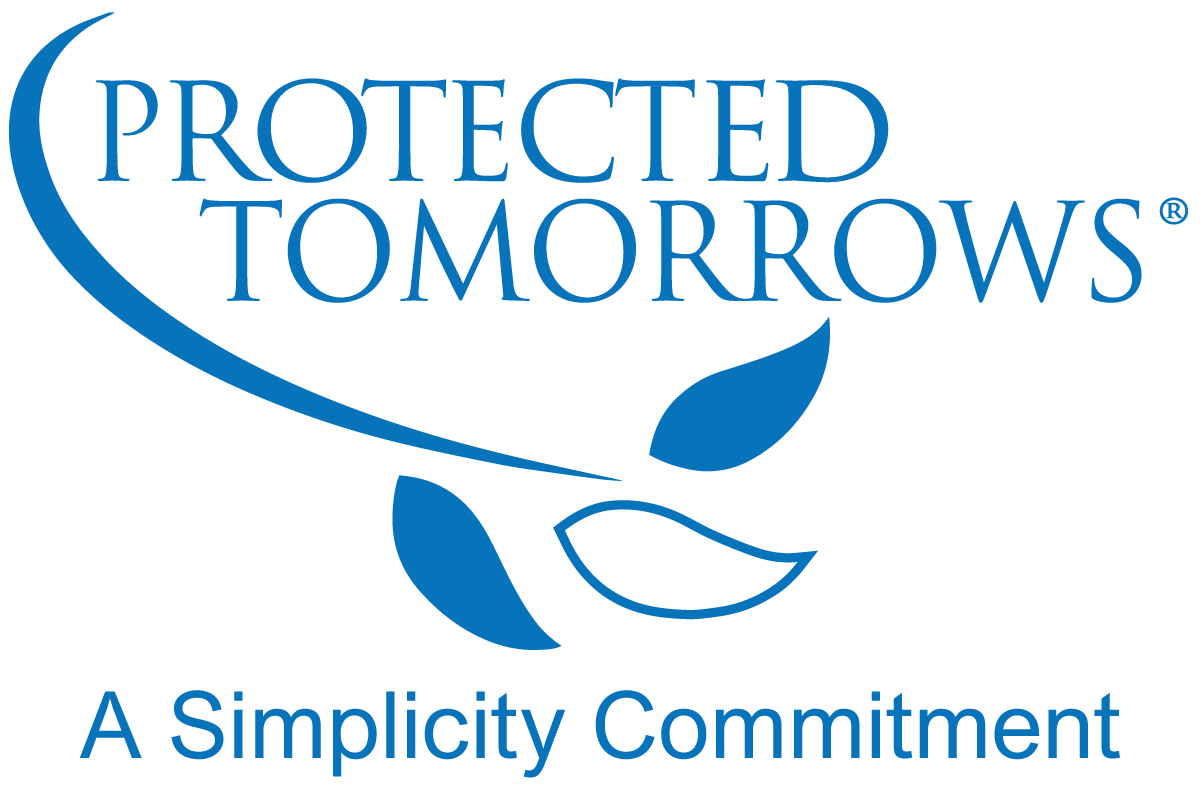Special Needs Planning Series: Part 4 – Step Four – Taking Advantage of Government Benefits and Services
You have reached the half-way point in the eight-step PT process! Taking a look back, you have completed an honest assessment of your loved one’s future care needs, you identified all of the life needs necessary for your loved one to support himself or herself in both the short-term and the long-term, and you have carefully considered all of the critically important legal options to ensure financial security. Now it is time to move on to the next important block in the construction of your plan — Step Four – Government Benefits and Services.
One of the most critical components of the required financial support for an individual with special needs is government benefits. These benefits become particularly important as your loved one matures into adulthood. Parents and primary caregivers are often reluctant to seek out government benefits for many different reasons. This is a hurdle that must be overcome, however, as government benefits are essential for everything from housing to healthcare to job coaching. Your plan is not complete without the inclusion of this significant piece.
As caregivers, we have worked very hard to advocate for our loved ones throughout their childhood, adolescence and adulthood. Up to this point “advocating” has meant promoting your loved one in the most positive light that the situation requires. Conversely, when considering potential government benefits, we need to be candid and realistic about the true abilities of our loved ones. This is in extreme contrast to what we have been doing so naturally since our loved ones came into our care. However, the only way to prove your loved one has a disability, and therefore is entitled to government benefits, is to focus and promote their disabilities.
So how do we get over this hurdle? It is best to sit down to evaluate the abilities of your loved one with an Abilities Assessment. In an abilities assessment, a caregiver should evaluate some of the standard Activities of Daily Living (ADL) and analyze the level of assistance your loved one would need to complete the task. For example: Cooking — can your loved one plan a meal? Shop for groceries on their own? Use a stove, oven or knife? Follow a recipe? The answers to these questions certainly change the vision of your loved one when a government agency is evaluating the level of assistance that will be given.
Once an abilities assessment has been completed, the next step is to match your needs with available government funding, such as Supplemental Security Income and Medicaid. Government benefits may cover basic support needs as well as big ticket expenses such as housing and healthcare costs. Remaining costs such as clothing, entertainment and recreation must then be covered by personal funds. Additionally, any supplemental expenses over and above what government programs will pay for must be covered by parents or primary caregivers.
The next focus should be identifying those social services, community and government programs that will augment and reinforce your future care plan. Thinking in broad strokes is useful at this juncture. Think about school, recreation, specialized doctors and research protocols and how these areas could benefit from government assistance.
When you consider how significant government benefits can be in relation to your loved one’s financial security, the decision to do the leg work in this step of the process becomes easy. This step can be somewhat intimidating for parents who already have too many responsibilities to deal with each day, which is where our PT Advocates can help. They and their team of experts are always here to help you identify both your needs and corresponding government benefits and programs. In addition to advisors, the Online Future Care Planning System is available as well to help you through all eight of the steps in the process. Take advantage of both to move quickly and effortlessly through this step.
Related Resources

Spotlight on: Spinal Muscular Atrophy
read article

Home Safety Tips for Seniors
read article
 search
search 





